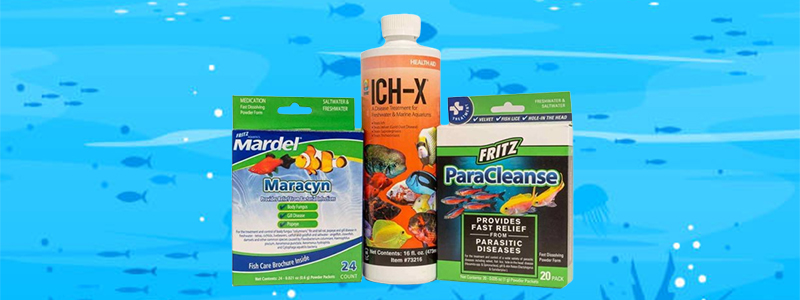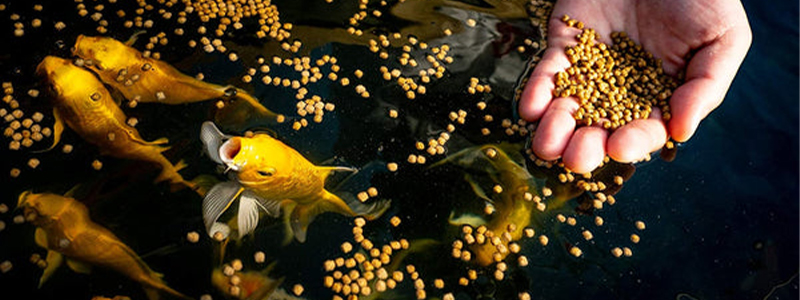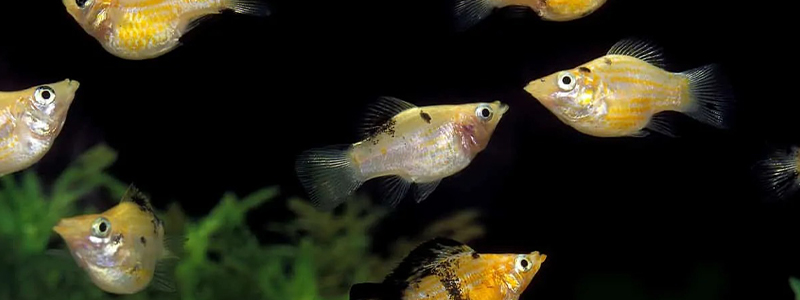Overfeeding is a common mistake made by people who keep fish, whether they are tropical fish or koi. For their health, the feeding time for aquarium fish and the feed balance must be just right.
Important topics like how often to feed your fish, fish food how much to give, or aquarium fish feeding schedule are covered in this blog. Although many newbies believe feeding is simple, it’s a skill that needs to be learned and mastered with time.
In aquariums, overfeeding is one of the main causes of fish deaths. It can contaminate the water, stress out the fish, and even have deadly consequences. Let’s take a look at the best time to feed fish in a tank along with the fundamentals of fish nutrition to guarantee a happy and healthy aquatic ecosystem.
Disclosure: This article contains affiliate links. When you follow a link to purchase the products, I sometime earn a commission, at no additional cost to you. Read my full disclosure here
What to Feed Fish?
Developing a diverse menu for your aquatic friends is essential to their health. It all comes down to diversity: whether they are omnivores, herbivores, or carnivores.
Provide a variety of foods to satisfy the appetites of both carnivorous tetras and herbivorous livebearers. Adjust the bite-size to fit the fish’s mouths: make the bites bigger for larger fish and smaller for smaller ones.
Moreover, take into account their dietary requirements; allow them to sink for feeders closer to the bottom and float for the top feeders. Mix prepared, frozen, and live foods to improve their diet. The following advice will help your aquarium thrive:
- Variety Matters: For a balanced diet, alternate between plant-based and meat-based proteins.
- Watch the Size: To avoid wasting food, make sure the size of the food and the fish’s mouth are in line.
Pro Tip: Finally, keep your tank clean by quickly removing any uneaten pieces. This well-designed aquatic sanctuary will be a great home for your fish.
How Much to Feed Fish?
It takes a little skill to feed your fish correctly, especially considering the delicate balance in a fresh aquarium. Here, moderation in the fish food quantity is the key because overfeeding can cause a murky mess in your tank.
Offering no more than what your fish can consume in two to three minutes is a good general rule of thumb. Start small, watch, and adjust; a little extra won’t hurt if it disappears in less than two minutes. Getting the right amount of fish food quantity won’t take long. It’s imperative to act quickly; any leftovers should be removed as soon as possible using a net or siphon hose after five minutes.
Think about your fish’s favorite place to eat:
- Surface Feeders
- Bottom Feeders
While most fish can adjust to whatever is served to them, some may be picky and only eat what is comfortable for them. Flakes and some pellets are good options for surface and mid-water feeders because they linger briefly before gradually falling. Pellets, wafers, and sinking tablets are excellent for satisfying bottom feeders.
Let’s now discuss determining your fish’s Goldilocks fish food quantity. Put away the timers and look at the bellies of your fish. Go for a pleasingly chubby stomach. For naturally rounded friends such as some goldfish or balloon mollies, look up healthy fish images online as a helpful guide. Your well-matched pals will appreciate the meals with the right fish food quantity!
Enhancing Growth: The Challenges of ‘Power Feeding
A lot of fish hobbyists are excited to watch their aquatic companions grow enormously quickly—a process known as “power feeding.” Although this method does speed up fish growth, care is essential. Faster development can be achieved by aquarium fish feeding schedule i.e. three times a day at a feeding volume equal to two eyeballs, but there’s a catch: a large reservoir of mature biofiltration is necessary.
When we say “mature,” we mean a filter that has accumulated a lot of good bacteria and well-seasoned gunk over several months without being cleaned. Fish illnesses can develop as a result of overfeeding, which becomes dangerous without this strong biofiltration.
Sadly, a lot of newbies jump right into “power feeding” without the safety net of established aquariums, which can have potentially dangerous results.
How Often to Feed Fish?
Determining the ideal rhythm for a song is similar to determining how often to feed your fish or fish food and how much to give. Most fish are best enjoyed with one or two meals per day, giving their bodies a good 16 to 24 hours to digest.
Except for night owls, who would rather have a feast before lights out, the timing is relaxed. Throughout the day is the answer for fish food how much to give, herbivores—those who love green things but have small stomachs — prefer to nibble on live plants.
A vibrant, flourishing underwater aquarium is created when your aquarium fish feeding schedule coincides with the tastes of your fish friends. A happy tank is home to happy fish!
What happens if you overfeed your Fish?
If you are a newbie at keeping fish as pets, you might be wondering how I would know, if I have given the right amount or have overfed my fish. Well, here are the symptoms along with the consequences;
The Consequences or Signs of Overfeeding Fish
Though feeding your fish may seem easy, doing so too frequently can cause problems for your fish. Now let’s explore what are the signs of overfeeding fish:
- Not Explosions, but Health Problems: Discard the notion that fish will blow up; it is untrue. One of the many signs of overfeeding fish is some health problem as they tend to develop fatty liver disease, which makes them somewhat chubby.
- Stress Signals: Another, sign of overfeeding fish is stressed-out fish. It can negatively impact the overall underwater scene as well as their own well-being.
- Chemistry Chaos: Uneaten food produces ammonia, nitrite, and nitrate byproducts, which can cause problems. These could contaminate the water and endanger the health of your fish.
- Cloudy Consequences: Too much food can cause algae blooms, cloud the water, or attract undesired visitors like mold and planaria also add up to signs of overfeeding fish.
Resolving the Problem:
Now that you have witnessed signs of overfeeding fish, here is its solution;
Give less food, and throw out any uneaten food after ten minutes. Establish a weekly fasting day to give your fish a rest or in easy words develop an aquarium fish feeding schedule. Watch the quality of the water to prevent any chemistry problems. You can guarantee a happy, healthy underwater community by steering clear of the feeding frenzy and maintaining equilibrium.
How Do You Know if Your Fish are Underfed?
It’s not hard to figure out if your fish are starving. It might be time to up your aquatic friends’ food game if they have sunken bellies, skinny bodies, or lighter-than-normal colors. These symptoms, however, may coexist with conditions such as internal parasites or worms. If your meticulous feedings aren’t making the fish gain weight, think about consulting the fish pharmacy for advice. Deworming or antiparasitic medication may be the answer for those intruders.
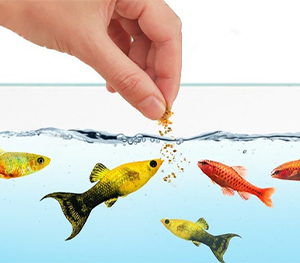
How to know if your Fish are Well Fed?
Steer clear of “spot feeding”, where a dominant fish hoards all the food, to ensure that all of your fish have a fair share of supper. Instead, disperse the food so that everyone has access to a buffet all around the tank. Though the urge to add more is strong, resist! Overfeeding can lead to problems with water quality and jeopardize the health of your fish. Just remember to sprinkle sparingly and maintain balance, and you’ll see your underwater friends relish a communal feast devoid of drama. A contented tank means happy fish!
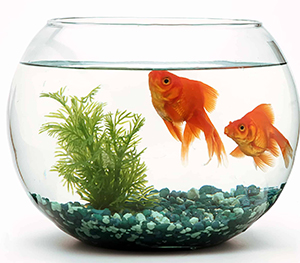
How Long Can a Fish Go Without Food?
Are you arranging a vacation and worrying about your friends’ diet? Do not be alarmed. As with other aquatic survivalists, mature fish can often go up to a week without grazing. Their size, digestion, and water temperature all affect how long it takes. However, if you have a tank full of young children who are always hungry, consider installing an automatic fish food dispenser or hiring a pet sitter who is friendly with fish. Whether on vacation or not, controlling those fishy meals will guarantee a contented and nourished underwater community.
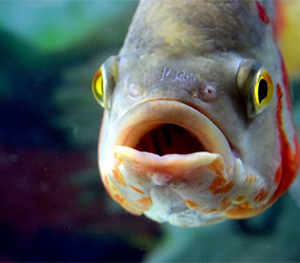
What should be the Feeding Time for Aquarium Fish?
While there is no certain feeding for aquarium fish or any specific aquarium fish feeding schedule, however, many fish prefer to eat in the early morning or right before dusk in the natural world. Some fish consume only plants or a combination of plants and other organisms, and they do so continuously. There are also fish that prefer to feed at night.
Since fish in tanks can be eaten at any time, feeding them in the morning and evening is recommended, and this is how you can develop an aquarium fish feeding schedule. They become acclimated to the times when they will be fed, so they get excited and swim around in anticipation of their meal.
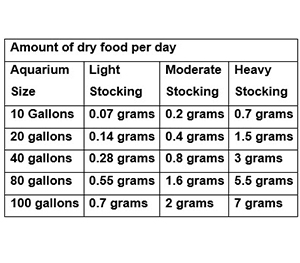
Conclusion
Fish eat once a day on average. Fish have different feeding needs depending on their species and sizes. Don’t let them fool you—just because they nibble doesn’t mean they’re hungry right away.
Moreover, take into account feeding practices and dietary preferences, particularly for fish that are nocturnal or herbivorous. Customize your feeding schedule by observing the behavior of your underwater friends.

